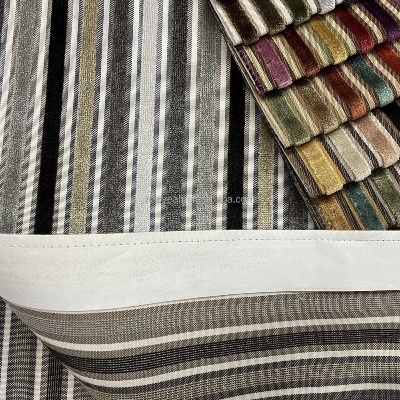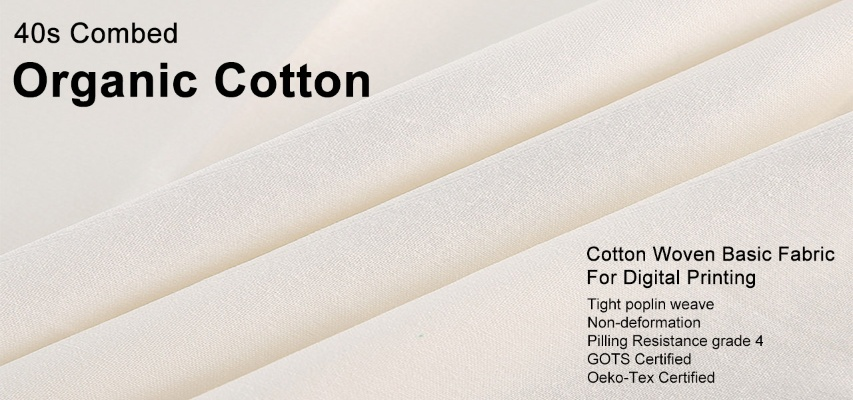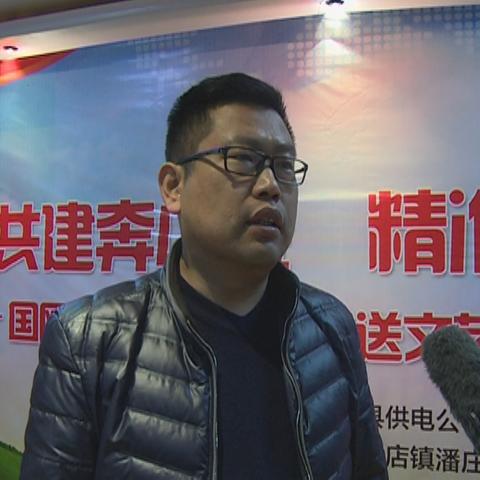The Duties of a Textile Designer

In the world of textile design, there are many roles that contribute to the final product. From conceptualizing the design to ensuring it meets quality standards, textile designers play a crucial role in shaping the industry's aesthetic and functionality. In this article, we will explore the various duties of a textile designer, including their responsibilities, tools, and techniques.
Conceptualization Textile designers start with an idea or inspiration for their designs. They brainstorm ideas, sketch out prototypes, and gather feedback from clients to refine their concepts. This stage requires creativity, critical thinking, and attention to detail.
| Task | Responsibilities | Tools/Techniques |
|---|---|---|
| Brainstorming | Identify potential designs | Sketchbook, digital tools like Adobe Illustrator |
| Prototyping | Create tangible models for testing | 3D printers, physical molds |
| Client Collaboration | Communicate with clients to understand their needs | Regular meetings, project management software |
Research Before designing, textile designers need to conduct research on fabrics, patterns, and trends. This involves reading literature, attending trade shows, and consulting with experts in the field. Research helps designers stay up-to-date with the latest developments and incorporate them into their designs.
| Task | Responsibilities | Tools/Techniques |
|---|---|---|
| Fabric Research | Learn about different types of fabrics | Online resources, fabric libraries |
| Pattern Research | Study existing patterns and their applications | Books, online courses |
| Trend Research | Keep track of fashion and design trends | Social media, industry reports |
Design Development Once the initial design is established, textile designers move on to developing the final product. This includes selecting colors, textures, and patterns, as well as determining the overall aesthetic and functionality.
| Task | Responsibilities | Tools/Techniques |
|---|---|---|
| Color & Texture Selection | Choose complementary or contrasting colors and textures | Color palettes, texture charts |
| Pattern Design | Create visually appealing patterns that enhance the fabric | Pattern books, graphic design software |
| Functionality | Ensure the design meets user needs and expectations | User testing, ergonomics analysis |
Quality Control Once the design is complete, textile designers must ensure it meets quality standards. This includes inspecting fabrics for defects, checking patterns for accuracy, and ensuring that the finished product meets industry requirements.
| Task | Responsibilities | Tools/Techniques |
|---|---|---|
| Fabric Check | Verify that all fabrics meet quality standards | Inspection tools, dye test kits |
| Pattern Check | Ensure patterns are accurate and consistent | Pattern review software, pattern makers |
| Quality Assurance | Conduct thorough quality checks before shipment | Quality control procedures, third-party inspections |
Marketing and Sales Once the product is ready for production, textile designers need to promote it through marketing and sales channels. This includes creating promotional materials, participating in trade shows, and collaborating with retailers and distributors.
| Task | Responsibilities | Tools/Techniques |
|---|---|---|
| Promotional Design | Develop eye-catching marketing materials like brochures, posters, and social media content | Graphics software, copywriting skills |
| Trade Show Preparations | Set up booths at trade shows and showcase products | Trade show planning software, booth design templates |
| Collaboration with Retailers | Negotiate contracts and terms with retailers | Business negotiation skills, contract drafting tools |
Customer Service After the product is sold, textile designers may provide customer service to address any issues or concerns. This includes answering questions, providing technical support, and resolving returns or complaints.
| Task | Responsibilities | Tools/Techniques |
|---|---|---|
| Customer Support | Address queries and concerns promptly | Email communication tools, phone systems |
| Returns Management | Process returns and resolve issues efficiently | Returns management software, inventory tracking tools |
Continuous Learning The textile design industry is constantly evolving, so textile designers must stay up-to-date with new technologies, trends, and best practices. This involves attending conferences, workshops, and taking continuing education courses.
| Task | Responsibilities | Tools/Techniques |
|---|---|---|
| Continuous Learning | Stay informed about industry advancements and best practices | Online learning platforms, industry publications |
In conclusion, textile designers play a vital role in shaping the future of the industry. Their responsibilities range from conceptualization to quality assurance, and they rely on a variety of tools and techniques to achieve their goals. By staying current with industry trends and continuously improving their skills, textile designers can create designs that not only meet but exceed client expectations.
在当今快速发展的纺织行业中,纺织品平面设计作为企业形象塑造和产品推广的关键环节,承担着至关重要的职责,本文将详细阐述纺织品平面设计的主要职责及其在实际工作中的具体表现。
纺织品平面设计职责概述
纺织品平面设计职责主要包括以下几个方面:

- 负责纺织品产品的外观设计,满足市场需求和消费者审美。
- 进行市场调研,了解行业趋势和竞争对手情况。
- 制定产品设计方案,包括面料选择、图案设计、色彩搭配等。
- 参与产品制作过程,确保设计方案的实施效果。
- 维护与更新设计文档,记录设计过程和成果。
具体职责详解
设计研发
(1)根据市场需求和消费者审美,进行纺织品产品的外观设计。 (2)进行面料性能测试,确保面料符合产品质量要求。 (3)参与面料选材讨论,确保设计方案的科学性和实用性。 (4)与生产部门密切合作,确保设计方案能够顺利实施。
市场调研与分析
(1)收集行业资讯,了解行业趋势和竞争对手情况。 (2)分析消费者需求,了解市场需求和消费者偏好。 (3)通过数据分析,预测市场变化和消费者需求变化。
产品方案设计
(1)制定纺织品产品的设计方案,包括图案设计、色彩搭配等。 (2)考虑产品功能、舒适度、耐用性等因素,确保设计方案的科学性和实用性。 (3)与研发团队紧密合作,确保设计方案能够满足产品性能要求。
制作与实施
(1)根据设计方案进行纺织品产品的制作过程。 (2)确保制作过程中的质量控制,保证产品质量符合要求。 (3)参与产品制作过程中的问题解决,确保设计方案顺利实施。
案例说明
以某知名纺织品品牌为例,其纺织品平面设计的具体职责和实施情况如下:
- 设计研发阶段:该品牌根据市场需求和消费者审美,设计了多款时尚、优雅的纺织品产品,在设计过程中,该品牌注重面料性能测试,确保面料符合产品质量要求,该品牌还进行了市场调研和分析,了解了行业趋势和竞争对手情况,为产品设计提供了有力的支持,该品牌成功推出了一系列受到消费者欢迎的产品。
- 产品方案实施阶段:在产品方案实施过程中,该品牌与设计团队紧密合作,确保设计方案能够顺利实施,在面料选择方面,该品牌选择了高品质的面料,并进行了精细的图案设计和色彩搭配,在制作过程中,该品牌注重质量控制和问题解决,确保产品质量符合要求,该品牌的产品受到了广大消费者的喜爱和好评。
纺织品平面设计作为企业形象塑造和产品推广的关键环节,承担着至关重要的职责,在实际工作中,纺织品平面设计需要不断更新设计理念和技巧,以满足市场需求和消费者审美,纺织品平面设计还需要注重产品质量和成本控制,确保设计方案能够满足产品性能要求,通过不断努力和实践,纺织品平面设计人员可以为企业创造更多的商业价值和社会价值。
Articles related to the knowledge points of this article:
Understanding Japanese Textile Standards A Comprehensive Guide
在商丘纺织品一条街的被子批发市场中,我们深入探索了各种纺织品和被子的种类与品质。今天,让我们一同走进这个充满生活气息的市场,感受其中的温暖与舒适
Exploring the Beauty and Intricacies of Jianhua Butterflies Textiles
Exploring the Future:The Journey of Zhejiang Hengsheng Textile Factory



